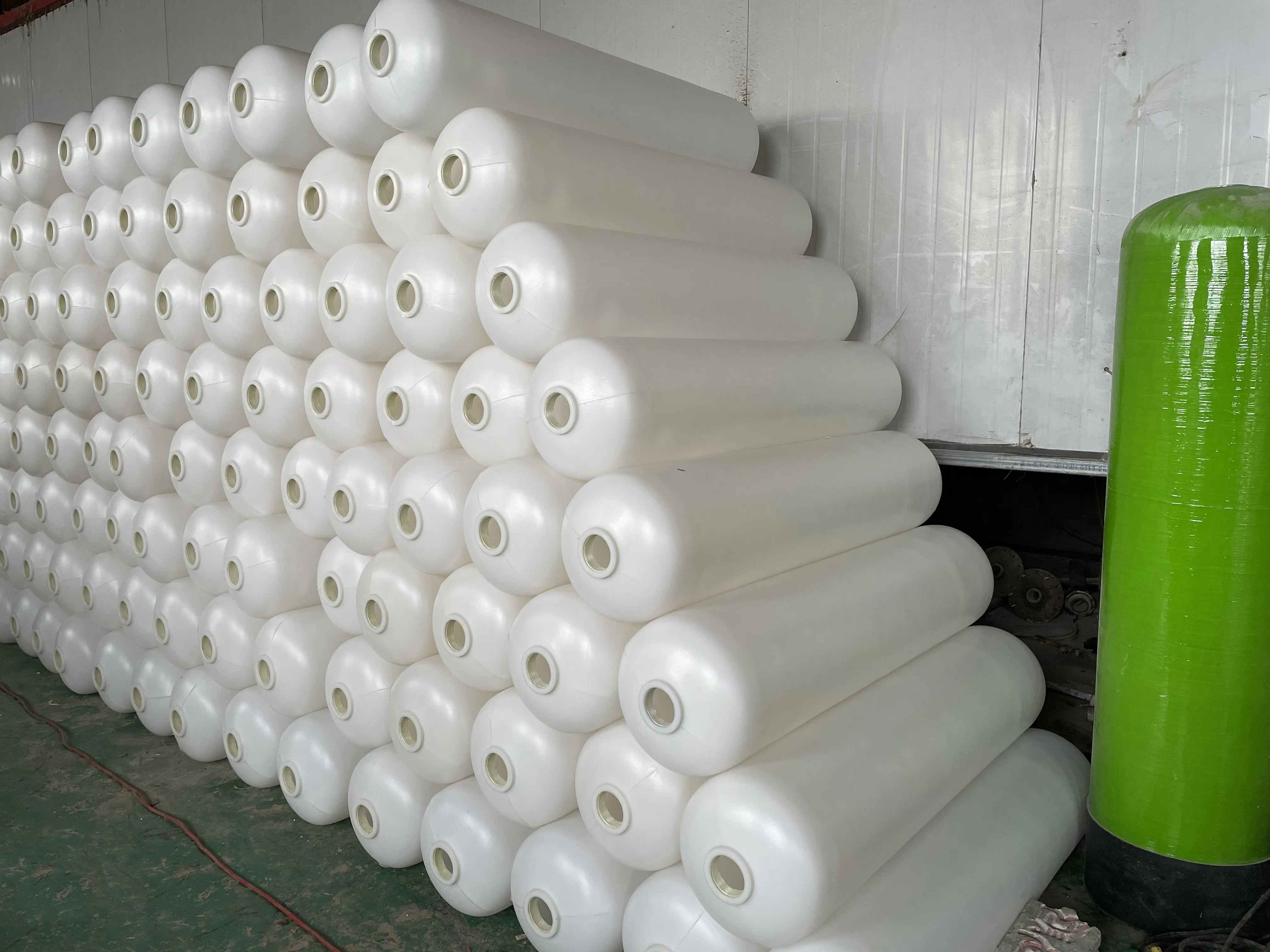loading...
- No. 9, Xingyuan South Street, Dongwaihuan Road, Zaoqiang County, Hengshui, Hebei, China
- admin@zjcomposites.com
- +86 15097380338
- Welcome to visit our website!
slip resistant grating
The Importance of Slip-Resistant Grating in Safety Standards
Slip-resistant grating plays a crucial role in enhancing safety across various environments, particularly in industrial settings, commercial buildings, and public spaces. With a focus on preventing slips and falls, slip-resistant grating is engineered to provide a secure footing, making it an essential element in maintaining workplace safety and compliance with health regulations.
Understanding Slip-Resistant Grating
Slip-resistant grating is typically made from materials such as fiberglass, steel, or aluminum, featuring a textured surface that improves traction. This type of grating is commonly used in walkways, staircases, and platforms where moisture, oil, or other slippery substances may be present. The unique design helps to channel away liquids, significantly reducing the likelihood of accidents.
Applications Across Industries
1. Industrial Settings In factories and warehouses, slip-resistant grating is a fundamental safety feature. Workers often encounter wet or oily surfaces, making slips common. Using slip-resistant grating not only protects employees from potential injuries but also minimizes downtime and associated costs arising from workplace accidents.
2. Commercial Buildings Retail stores, shopping malls, and restaurants also benefit from these safety measures. High foot traffic areas, particularly near entrances and food service locations, can present slip hazards. Installing slip-resistant grating enhances customer safety and contributes to a positive shopping experience.
slip resistant grating

3. Public Spaces Parks, pedestrian walkways, and transit stations often face challenges due to weather conditions and external elements. Slip-resistant grating is ideal for outdoor applications, ensuring that surfaces remain safe and navigable, regardless of the weather.
Regulatory Compliance and Standards
The implementation of slip-resistant grating is not just a safety measure—it's a regulatory requirement in many jurisdictions. Safety organizations and government regulations provide guidelines that dictate the acceptable levels of slip resistance for commercial and industrial flooring materials. Compliance with these standards is crucial to protect businesses from liabilities arising from slip and fall incidents.
Selecting the Right Slip-Resistant Grating
When choosing slip-resistant grating, several factors must be considered - Material Durability Depending on the environment, selecting the right material is vital. For example, fiberglass grating is lightweight and corrosion-resistant, making it suitable for chemical plants, while metal grating offers strength for heavy load applications. - Surface Texture The degree of slip resistance required may vary based on the environment and potential hazards. A characterized surface can provide superior traction in wet or oily conditions. - Ease of Maintenance Slip-resistant grating should also facilitate easy cleaning and maintenance to ensure long-term effectiveness.
Conclusion
In conclusion, slip-resistant grating is not merely an accessory but a vital component of a comprehensive safety strategy. By preventing slips and falls, it secures the safety of employees, customers, and the general public. As organizations prioritize safety and regulatory compliance, integrating slip-resistant grating will continue to be a fundamental aspect of building designs across industries, ultimately fostering a culture of safety and well-being.
-
The Rise of FRP Profiles: Strong, Lightweight, and Built to LastNewsJul.14,2025
-
SMC Panel Tanks: A Modern Water Storage Solution for All EnvironmentsNewsJul.14,2025
-
GRP Grating: A Modern Solution for Safe and Durable Access SystemsNewsJul.14,2025
-
Galvanized Steel Water Tanks: Durable, Reliable, and Ready for UseNewsJul.14,2025
-
FRP Mini Mesh Grating: The Safer, Smarter Flooring SolutionNewsJul.14,2025
-
Exploring FRP Vessels: Durable Solutions for Modern Fluid HandlingNewsJul.14,2025
-
GRP Structures: The Future of Lightweight, High-Performance EngineeringNewsJun.20,2025
